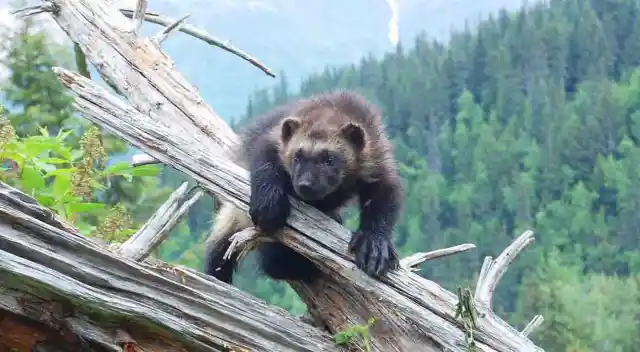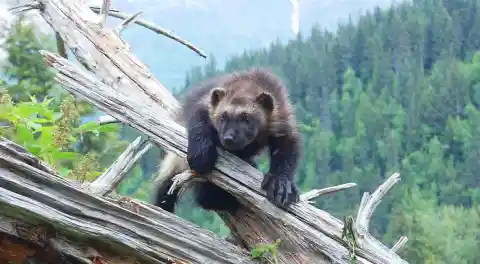

After nearly 30 years of abandonment, a study released in Current Biology revealed that wildlife has been thriving in the absence of human involvement in Chernobyl. Researchers believe it is because of this human absence that wildlife has been able to thrive.
In 1986, a nuclear accident caused widespread radiation throughout Chernobyl, which is located in Ukraine. Radiation poisoning was rampant for many years, and effects can still be seen in neighboring country Belarus. However, the study released showed that the amount of wildlife currently in Chernobyl meets and may even exceed that seen in uncontaminated nature reserves in Belarus.
Researchers discovered this information by tracking footprints and examining aerial data. All large mammals, such as deer, elk, wild boar, and wolves were included in the study. According to Professor Jim Smith of the University of Portsmouth, who led the study, the presence of thriving wildlife “does not mean that radiation is good for wildlife. It’s just that the effects of human habitation, including hunting, farming, and forestry, are a lot worse.” This is an admittedly bold statement, considering the damage caused by radiation in the exclusion area.
One particular note of interest is the fact that there are up to seven times as many wolves in Chernobyl as there are in neighboring reserves. Smith chalks this up to a lack of hunting in Chernobyl’s exclusion zone. The study was not able to examine the effects of radiation on individual animals, but many appeared to be healthy. Interestingly, in studying animal tracks, researchers found that there was no difference in wildlife density between different areas of Chernobyl’s exclusion zone. Whether radiation or just a lack of humans had anything to do with that is unclear.
One caveat of the study’s findings is that it only studied large mammals. Because of this, it may be misleading to assume all wildlife is thriving. For instance, there is limited data on the status of smaller mammals in the exclusion zone. Due to the circumstances surrounding Chernobyl, a study like this is unprecedented. What is clear is that, lacking human intervention, large animals are able to thrive almost anywhere.